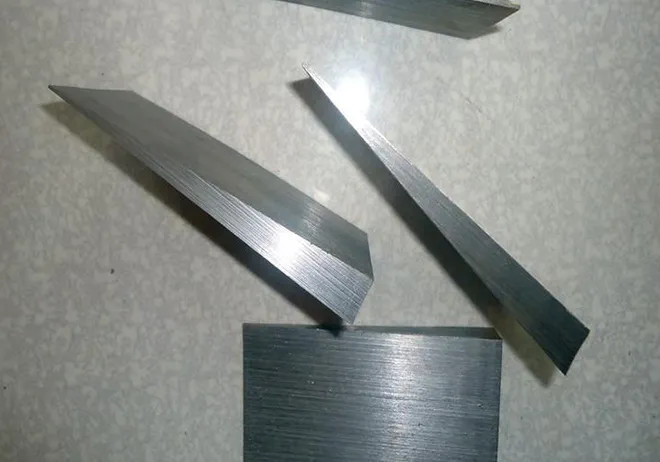gru . 24, 2024 02:24 Back to list
cast iron check valve
The Importance of Cast Iron Check Valves in Fluid Systems
In industrial applications, the reliability and efficiency of fluid handling systems are paramount. A critical component in ensuring these systems function correctly is the check valve. Among the various materials used for constructing these valves, cast iron stands out due to its durability, strength, and resistance to corrosion. This article explores the significance of cast iron check valves, their applications, and benefits in fluid management.
What is a Check Valve?
Check valves are mechanical devices that allow fluid to flow in one direction while preventing backflow. This function is crucial in many applications, from water and wastewater treatment to oil and gas transportation. The design typically incorporates a movable component (such as a disc or ball) that seals off the flow path when fluid attempts to reverse direction.
Advantages of Cast Iron
Cast iron is a favored material for check valves for several reasons
1. Durability Cast iron is renowned for its strength. It can withstand high pressures and extreme temperatures, making it ideal for industrial settings that require robust equipment.
2. Corrosion Resistance While not completely immune to corrosion, cast iron has a higher resistance than many other materials, especially when properly coated or treated. This is vital for applications involving abrasive fluids or corrosive environments.
3. Cost-Effectiveness Cast iron is relatively inexpensive compared to other metals like stainless steel or bronze, making it a popular choice for cost-sensitive projects.
4. Ease of Manufacture The casting process allows for complex shapes and designs to be created easily. This flexibility enables the manufacturing of check valves that can meet specific operational requirements.
Applications of Cast Iron Check Valves
Cast iron check valves are utilized across numerous industries, including
cast iron check valve

- Water and Wastewater Management In municipal water systems, these valves prevent backflow, ensuring clean water supply and efficient wastewater treatment processes. They are essential in both pumping stations and treatment plants.
- HVAC Systems In heating, ventilation, and air conditioning systems, check valves help maintain proper flow direction in chilled and hot water systems
.- Oil and Gas The oil and gas industry requires reliable check valves to prevent backflow in pipelines, protecting equipment and maintaining operational efficiency.
- Fire Protection Systems In fire suppression systems, check valves are important to ensure that water flows correctly to the necessary areas while preventing pressure loss.
- Food and Beverage Industry In this sector, ensuring the integrity of products is crucial. Cast iron check valves can meet stringent safety and hygiene standards.
Benefits of Using Cast Iron Check Valves
1. Reliability Due to their robust construction, cast iron check valves are known for their reliability. They can operate effectively in demanding environments without the frequent need for repairs or replacements.
2. Performance With their ability to handle high flow rates and pressure variations, cast iron check valves ensure consistent performance across a wide range of applications.
3. Maintenance While all valves require some level of maintenance, cast iron check valves often need less frequent servicing compared to their plastic or stainless steel counterparts due to their sturdiness and robust design.
4. Versatility They can be found in a variety of settings and can be designed to fit various piping configurations, making them adaptable to many systems.
Conclusion
In conclusion, cast iron check valves play a vital role in fluid management across diverse industries. Their durability, cost-effectiveness, and reliable performance make them an invaluable choice for engineers and system designers. With the ever-increasing demands on infrastructure and industrial systems, investing in robust components like cast iron check valves is crucial for ensuring operational efficiency and safety. As technology advances, these valves will continue to evolve, maintaining their status as a staple in fluid control systems.
-
Water Valve Gate Design Prevents Leakage and CorrosionNewsJul.11,2025
-
Steel Fab Table Features Reinforced Construction for LongevityNewsJul.11,2025
-
Specialized Valve Designs for High Pressure SystemsNewsJul.11,2025
-
Machinist Gauge Pins Feature Ground and Lapped FinishesNewsJul.11,2025
-
Hose Check Valve Prevents Backflow in Irrigation LinesNewsJul.11,2025
-
Durable Micrometer Tools Withstand Heavy Workshop UseNewsJul.11,2025
Related PRODUCTS









